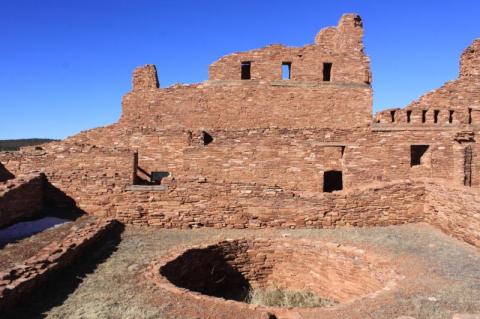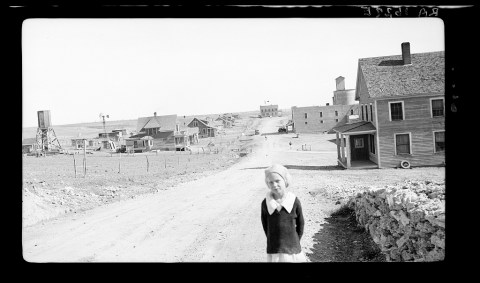5 Old West Forts That Will Transport You Through New Mexico's Past
When the U.S. claimed the New Mexico Territory, after the Mexican-American War, the U.S. set up a string of forts across the Territory to protect travelers and settlers from Indian raids, and to keep an eye out for other possible uprisings. From crumbled rubble to proud desert icons, the remains of these New Mexico forts can be found across the state.
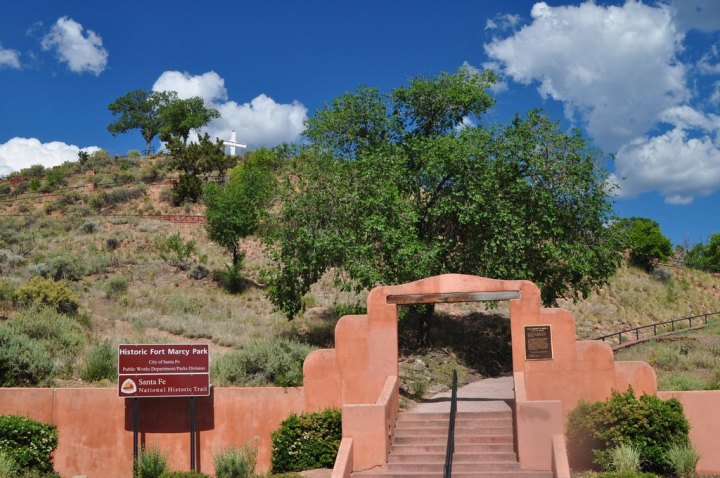
Though not much is left of it today, there really was a fort in Santa Fe. It was built in 1846, right after the U.S. claimed Santa Fe in the Mexican-American War. From its location on a hill northeast of the Plaza, U.S. troops could overlook the entire city and surrounding area. It was named for William Marcy, secretary of war under President James K. Polk.
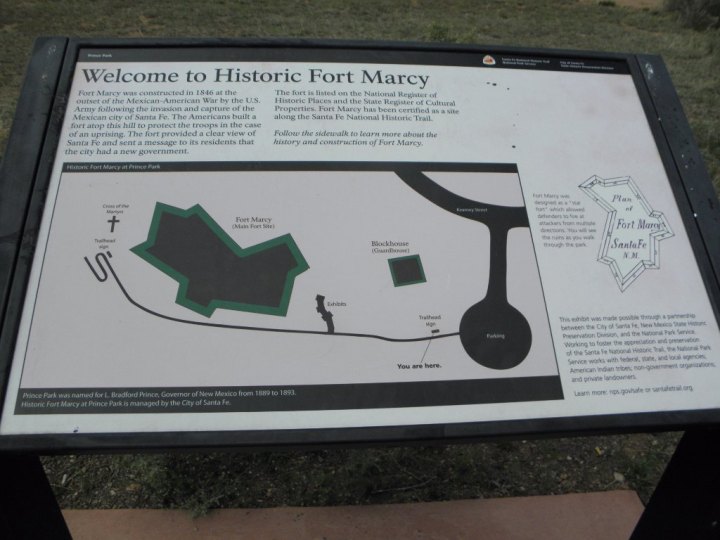
Fort Marcy was an irregular, star-shaped structure with high and thick adobe walls with a surrounding, wide, dry moat. Fort Marcy never housed soldiers, nor was a single shot ever fired from the fort. By 1847, the guns were moved from the fort to the Santa Fe Plaza. It was officially abandoned in August, 1868. Today, you can see remains of the fort at Santa Fe's Prince Park.
Advertisement

Located within reach of the Cimarron and Mountain branches of the Santa Fe Trail, Fort Union was the largest and most important military posts in the region. As well as protecting travelers along the Trail, it served as a supply depot and a base for campaigns against the Apache, Ute, Navajo, Kiowa, and Comanche Indians. Also as the staging area for the U.S. troops who fought at Glorieta Pass, Fort Union also played a role in defending New Mexico from Confederate forces during the Civil War.
Advertisement
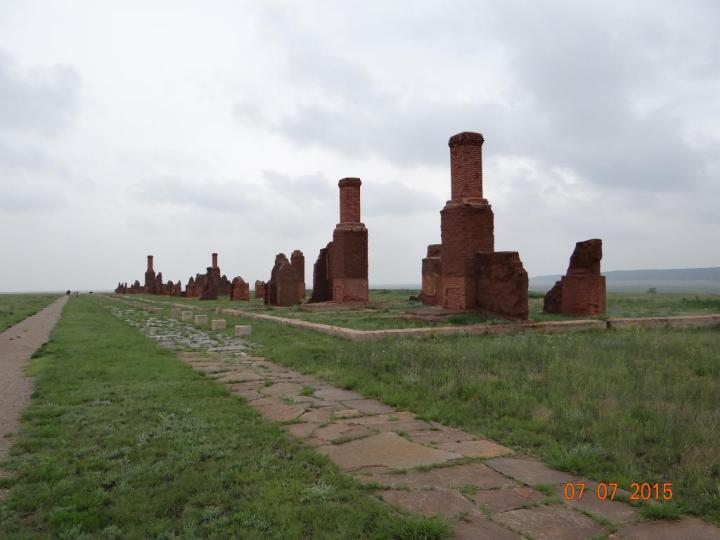
During its years of service, there were three different forts on the Fort Union site. The first was a collection of log buildings. The second, built to repel Confederate troops, was a more traditional, star-shaped fort with thick adobe walls. The final fort was a complex of adobe buildings. Today Fort Union is a National Monument. As well as interpretive displays, the park has a rich schedule of events, including the annual Fort Union Days. This event traditionally features historical reenactments and hands-on activities.
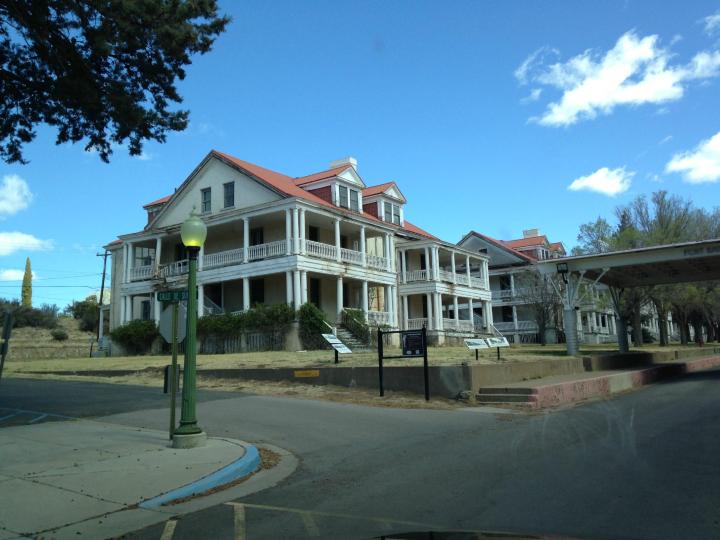
Like most New Mexico forts, Fort Bayard was established to protect settlers from Indian raids. Staffed primarily by "Buffalo Soldiers" and Indian scouts, this fort was greatly concerned with ensuring that New Mexico cattle ranchers could safely drive their cattle to the trains for sale. A nearby mining district was also under the fort's protection.

In later years the fort became an Army hospital, primarily for tuberculosis patients. After that, the fort was transferred to the Veteran’s Administration, who then used the site as a VA hospital. During World War II, German prisoners of war were held at Fort Bayard too.
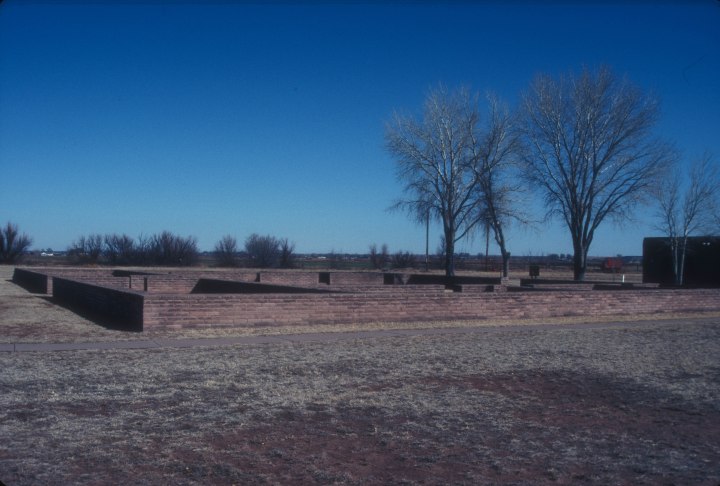
Fort Sumner was built in 1862 to guard the Bosque Redondo camp where Navajo and Apache were placed after they were driven from their lands by Kit Carson and U.S. Troops. Doomed from the start because of its lack of good water and resources, (not to mention the internment of two tribes who had a history of warring with each other), the Indians were allowed to return to their former homes in 1868. The fort closed shortly thereafter.
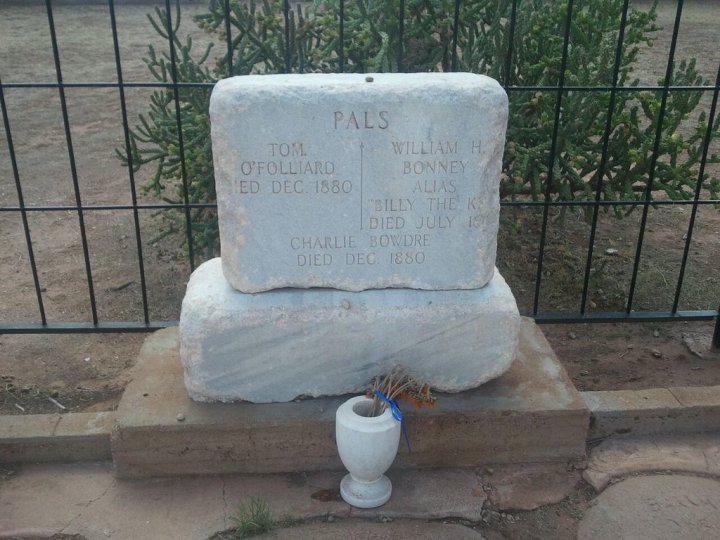
The Fort Sumner grounds and buildings were sold to Lucien B. Maxwell, of the noted Maxwell Land Grant. Maxwell moved his family to the property. It was in one of the Maxwell bedrooms where Sheriff Pat Garrett found and killed the outlaw, Billy the Kid. You can see Billy the Kid's grave in the old military cemetery at Fort Sumner.
Advertisement
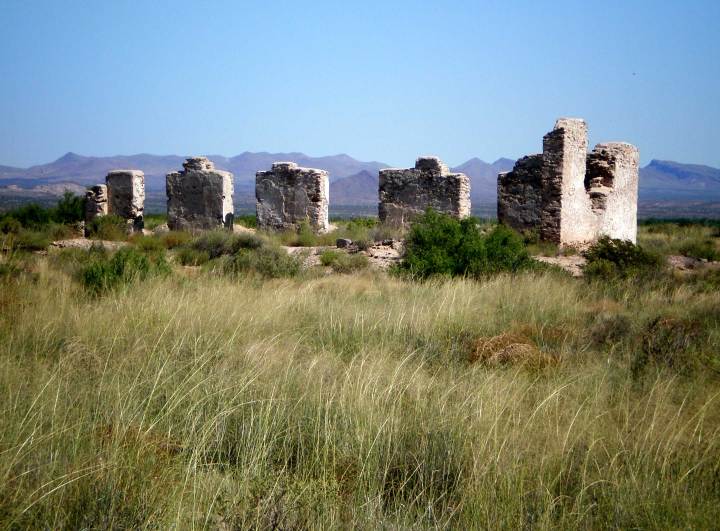
Fort Craig had a 30-year career defending the New Mexico Territory and protecting travelers on El Camino Real – mostly from Apache, Navajo and Comanche raiders who were unhappy that these travelers were encroaching on their land and resources.
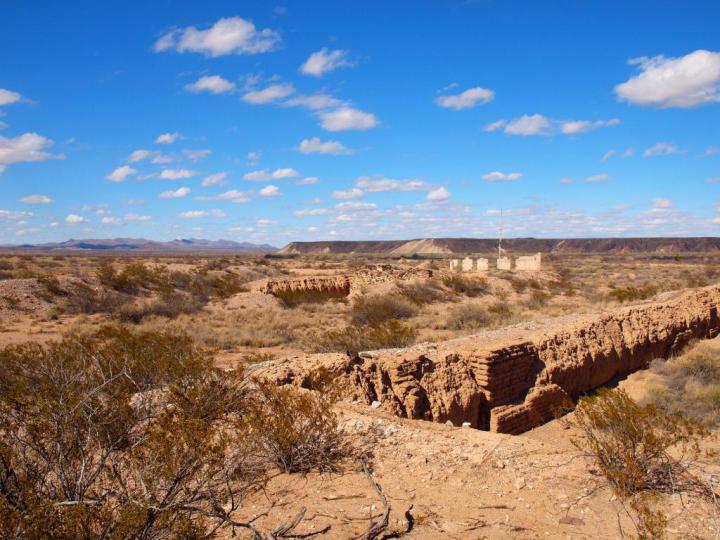
During the Civil War, Confederate Troops had their eye on Fort Craig, however, after seeing the array of cannons at the fort, the Rebels bypassed Fort Craig. Unbeknownst to General Sibley's Confederate Army of New Mexico, a number of the cannons were "Quaker Cannons," or fakes.
Have you visited any of these old New Mexico forts? How do you think you would have done serving at one of these forts in the New Mexico Territory?
OnlyInYourState may earn compensation through affiliate links in this article. As an Amazon Associate, we earn from qualifying purchases.


